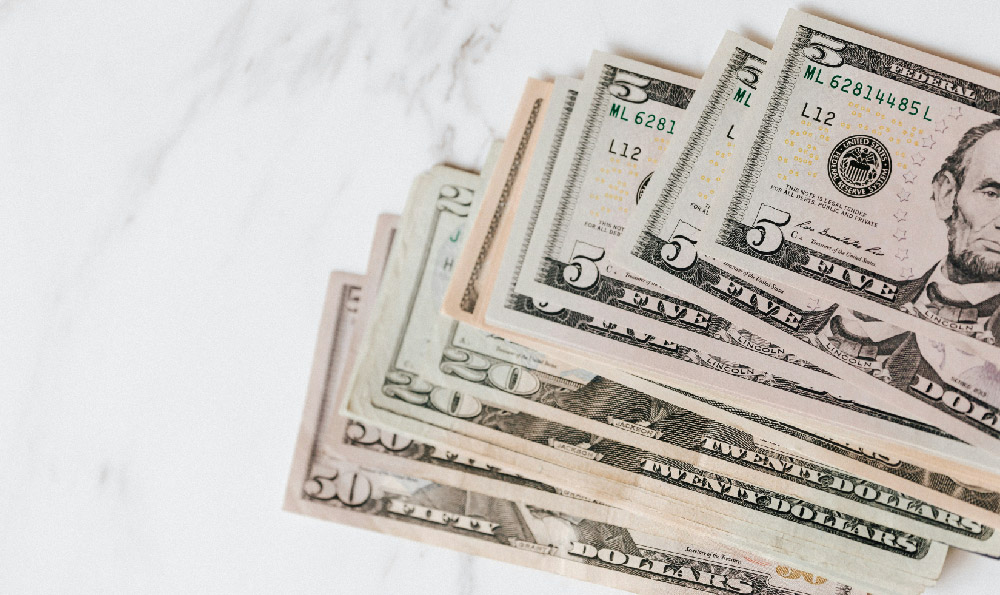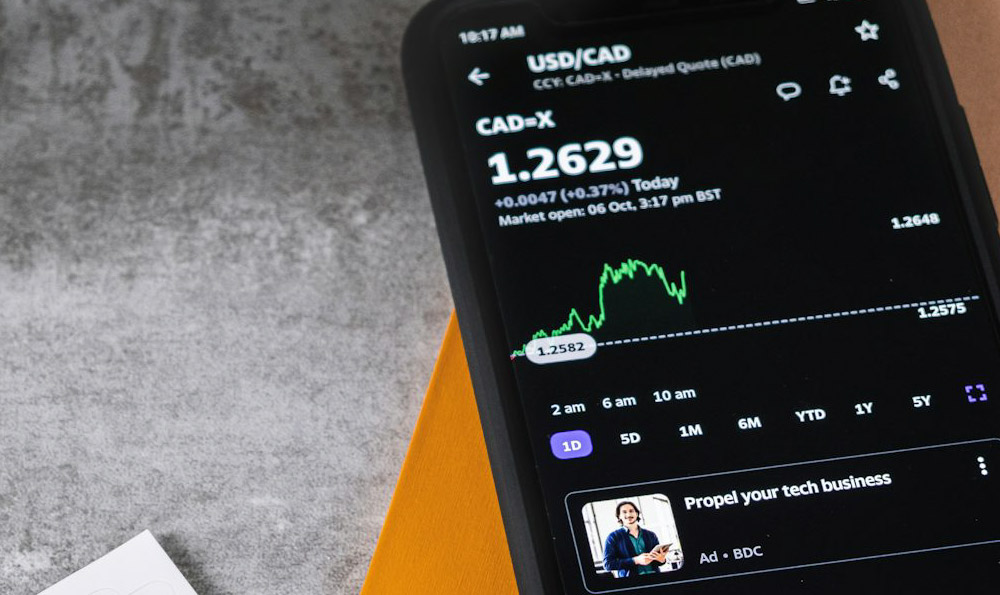The allure of YouTube – the platform's potential to transform a hobby into a career, to monetize creativity, and to reach millions – is undeniable. One of the most frequently asked questions by aspiring YouTubers, and even seasoned creators, revolves around the core of that allure: how much can you really earn per million views? The answer, unfortunately, isn't a simple, fixed number. Instead, it's a complex equation influenced by numerous factors that can significantly alter the income generated.
Several elements dictate the revenue earned per 1 million views on YouTube. Let's break down the most important:
-
Ad Revenue (CPM & RPM): The primary source of income for most YouTubers comes from advertisements displayed on their videos. CPM (Cost Per Mille) represents the cost advertisers pay for 1,000 ad impressions. RPM (Revenue Per Mille) represents the actual revenue a creator earns per 1,000 views after YouTube takes its cut (typically around 45%). CPM varies wildly based on factors like geography, niche, ad formats, and seasonality. An RPM of $2 to $10 per 1,000 views is a common range, but it can be higher or lower. Therefore, 1 million views could translate to anywhere from $2,000 to $10,000 based on this alone.

-
Niche/Content Category: Some niches are inherently more lucrative than others. Finance, business, technology, and educational content often attract higher CPMs because advertisers are willing to pay more to reach audiences interested in these topics. These audiences are often perceived as having higher disposable income or being more receptive to certain types of products and services. Conversely, content targeting younger demographics or focusing on entertainment (gaming, vlogs) might have lower CPMs.
-
Audience Demographics & Geography: Where your viewers are located plays a significant role. Viewers in the United States, Canada, the United Kingdom, and Australia generally generate higher ad revenue than viewers in developing countries. This is because advertisers are targeting markets with greater purchasing power. Understanding your audience demographics through YouTube Analytics is crucial for optimizing your content and targeting strategies.
-
Ad Formats & Placement: YouTube offers various ad formats, including skippable video ads, non-skippable video ads, bumper ads, overlay ads, and sponsored cards. The format and placement of ads impact CPM. For example, non-skippable ads generally have higher CPMs than skippable ads, but they can also be more disruptive to the viewing experience. Strategic ad placement is crucial to maximizing revenue without alienating your audience.
-
Seasonality: Ad revenue fluctuates throughout the year. CPMs tend to be higher during the fourth quarter (October-December) due to increased advertising spending during the holiday season. Conversely, CPMs might be lower in January and February after the holiday rush.
-
Ad Blockers: A significant portion of viewers use ad blockers, which prevent ads from being displayed. This directly reduces the potential ad revenue a creator can earn. The prevalence of ad blockers varies by country and demographic.
Beyond ad revenue, YouTube offers creators several other avenues for monetization:
-
YouTube Premium Revenue: When YouTube Premium subscribers watch your videos, you earn a portion of their subscription fee. This revenue stream is based on watch time, and it can be a significant source of income for creators with a large and engaged audience.
-
Channel Memberships: Creators can offer paid memberships to their channel, providing exclusive content, perks, and badges to subscribers who join. This provides a recurring revenue stream and allows creators to build a closer relationship with their most loyal fans.
-
Super Chat & Super Stickers: During live streams and premieres, viewers can purchase Super Chat messages or Super Stickers that stand out in the chat. This allows viewers to support their favorite creators directly and get their messages noticed.
-
Merchandise Shelf: Creators can sell branded merchandise directly on their YouTube channel through the Merchandise Shelf. This allows them to monetize their brand and offer fans physical products related to their content.
-
Sponsorships & Brand Deals: Brands are increasingly partnering with YouTubers to promote their products and services. Sponsorships can involve sponsored videos, product reviews, or brand integrations. This can be a lucrative source of income, but it's important to be transparent with your audience and only promote products that align with your values.
Considering these diverse factors, accurately predicting YouTube earnings is complex. However, emerging platforms, such as KeepBit, offer new avenues for content creators to monetize their influence. While directly integrating with YouTube is not possible, KeepBit provides a secure and regulated platform for creators to engage with their audience in the digital asset space.
Here's how a creator might leverage KeepBit:
- Affiliate Marketing: Creators can promote KeepBit’s services through affiliate links in their video descriptions. If their viewers sign up and trade on KeepBit, the creator earns a commission. This is particularly relevant for finance and tech YouTubers.
- Sponsored Content: KeepBit could sponsor a creator's video, integrating mentions of the platform's features and benefits. For example, a finance YouTuber could create a video comparing KeepBit's trading platform to other competitors, highlighting its security features, global reach (covering 175 countries), and adherence to international regulatory standards (MSB license). This offers a unique opportunity to generate revenue beyond traditional advertising.
- Community Building: Creators can encourage their audience to join KeepBit and participate in trading competitions or other activities, building a community around digital assets and the platform.
KeepBit Advantages Over Other Platforms:
While several digital asset trading platforms exist, KeepBit distinguishes itself through several key advantages:
- Security and Regulation: KeepBit prioritizes user safety with a robust risk control system and ensures 100% user fund security. This is a critical factor for attracting a trustworthy audience. Unlike some unregulated exchanges, KeepBit operates under international licenses like the MSB (Money Services Business) license, offering a level of assurance for users.
- Global Reach: With services covering 175 countries, KeepBit offers unparalleled access to a global user base. This benefits creators with international audiences. Other platforms might have geographical restrictions, limiting their utility for certain creators.
- Experienced Team: KeepBit’s team comprises professionals from leading financial institutions like Morgan Stanley, Barclays, Goldman Sachs, and quantitative firms like Ninequant and Hallucination Trading. This signifies a strong foundation of expertise in financial markets and technology, enhancing credibility for both the platform and collaborating creators.
- Transparent Operations: KeepBit emphasizes transparency in its operations, building trust with users and creators alike. This contrasts with platforms that might have opaque operational structures.
Therefore, while estimating YouTube earnings per 1 million views is not an exact science, leveraging alternative platforms like KeepBit, accessible through https://keepbit.xyz, offers supplementary income streams and aligns content creation with emerging financial technologies. By combining traditional YouTube monetization strategies with strategic partnerships and affiliate marketing opportunities within the digital asset space, creators can substantially enhance their overall earning potential. Remember, content quality, audience engagement, and a diversified monetization strategy are key to maximizing success on YouTube and beyond.












